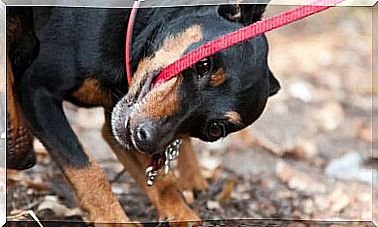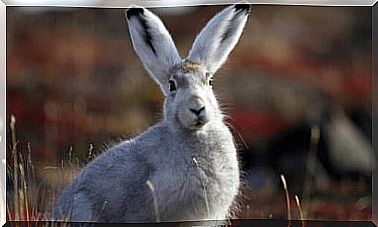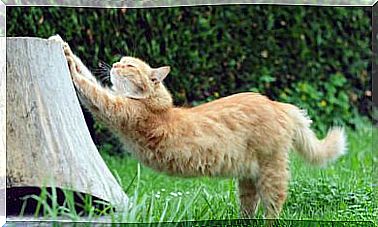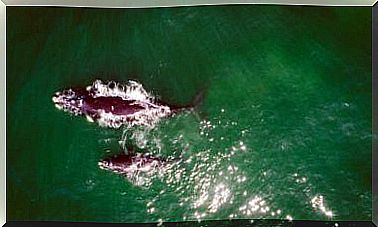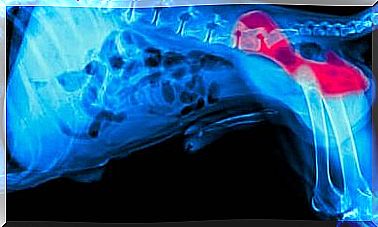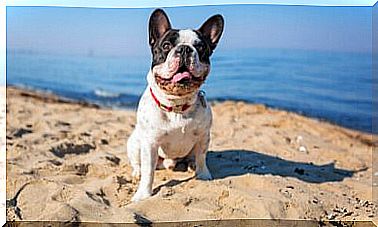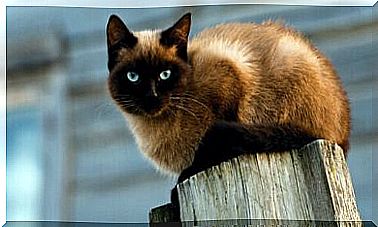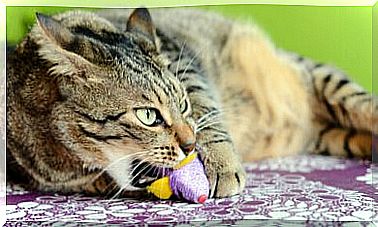Features And Trivia About The Kangaroo
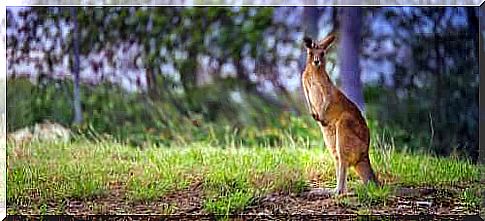
The kangaroo is an animal as wonderful as it is amazing. The fact that he jumps to get around is one of his best-known features. However, these Australian marsupials have many other interesting traits. Today, we bring you some fun facts about the kangaroo.
To describe this species, it is common to use the name ‘kangaroo’. However, there are several subspecies classified according to certain characteristics, such as size, behavior and geographic location, to name a few.
The term kangaroo designates the largest specimens of the species, just as wallaby is used to refer to the smallest.
The classification of this strain is quite broad, as there are 47 different species. Among them, the best known are:
- Red kangaroo: the largest of the marsupials that still exist.
- Western Gray Kangaroo: Slightly smaller than the previous one, inhabits southwestern Australia.
- Eastern Gray Kangaroo, one of the least known but with a large population on the continent.
Kangaroo’s Best-Known Characteristics
Displacement through large jumps allows to minimize energy drain. Its powerful hind legs and muscular tail disposition provide the strength it needs to move at high speed.
A kangaroo can move at around 70 km/h, although in a moderate run the average speed is 25 km/h.
The length of the hind legs prevents the kangaroo from walking easily. That’s why he uses the strength of his tail to support himself.
With it, a kind of tripod is formed that gives stability. However, he cannot walk backwards, and can only move his feet independently in the water.
They are herbivorous animals whose diet is based on roots, flowers and grass, but this diet does not prevent them from reaching 80 kilos in weight, on average.
They usually eat in groups in the afternoon or evening. An adult usually reaches 1.5 meters in height, although specimens with 2 meters have already been found. Its life expectancy is around 18 years.
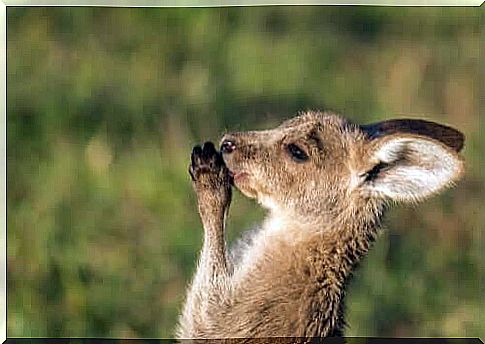
The pouch or baby carrier where baby kangaroos develop serves as protection for the puppies until they are eight months old. After this period, they go back to being breastfed for another six months. It is likely that by now another puppy is already in the bag.
Some fun facts about the kangaroo
One of the fun facts about the kangaroo is the fact that he doesn’t sweat. To adapt to the heat, they lick their paws. Then they rub their chests with them to lower their body temperature.
The kangaroo has the ability to twirl its ears and clearly hear noises that are barely perceptible to other animals. They can also survive without water for several weeks. To do this, they extract the liquids and nutrients they need from the plants they ingest.
Kangaroos can get drugged from ingesting poppy plants. This is evident when they move awkwardly and are seen spinning or unable to maintain their balance.
They greet each other by sniffing each other’s faces and snouts. They can also socialize by fighting, which usually happens among young kangaroos. However, some adult specimens can also maintain this habit.
reproductive habits
Mating is another curious issue, as males sniff the females’ urine to see if they are ready for breeding. The courtship period can last up to three days.
Often, the male sniffs and touches the female’s tail with his paws and she responds with sinuous movements. Some species of kangaroos mate only when weather conditions are favorable for their offspring.
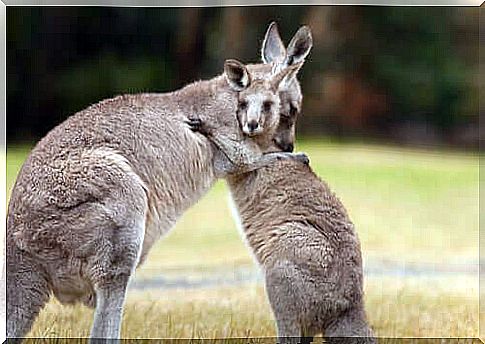
Females can stop the embryonic development of their offspring if environmental conditions are not favorable. This often happens in times of severe drought.
When conditions improve, pregnancy proceeds unhindered. Thus, they offer greater chances of survival for the puppies.
Fortunately, there aren’t many natural predators for this species. Foxes, some snakes, eagles and dingos often attack young or young specimens.
However, man-made poaching to sell their meat and the destruction of their habitat keep humans as the most dangerous species not just for kangaroos, but for the world as a whole.
